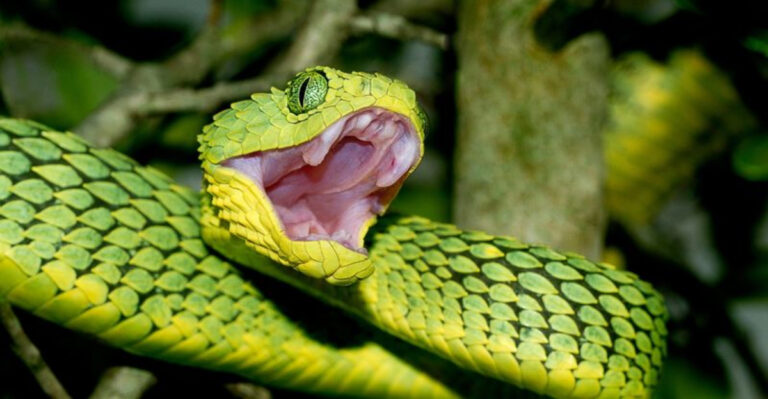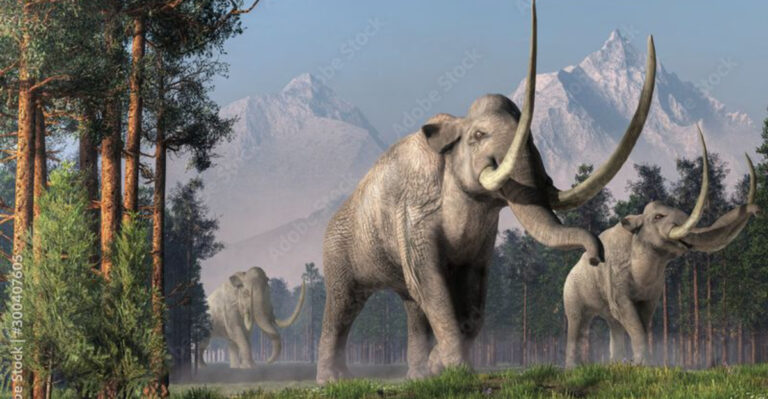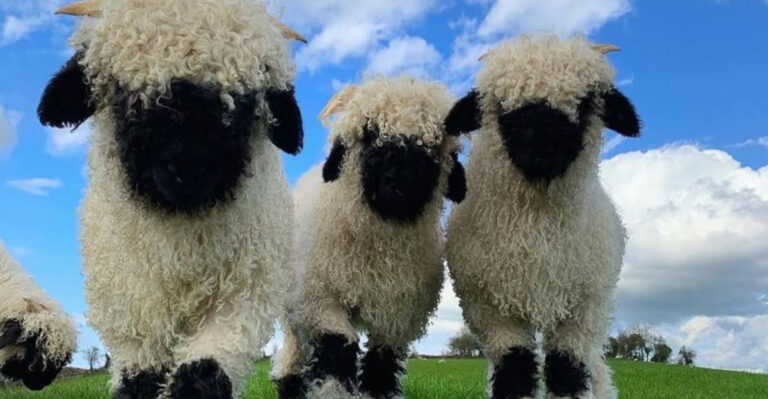Why Wild Donkeys Are In Trouble And What’s Being Done To Help Them
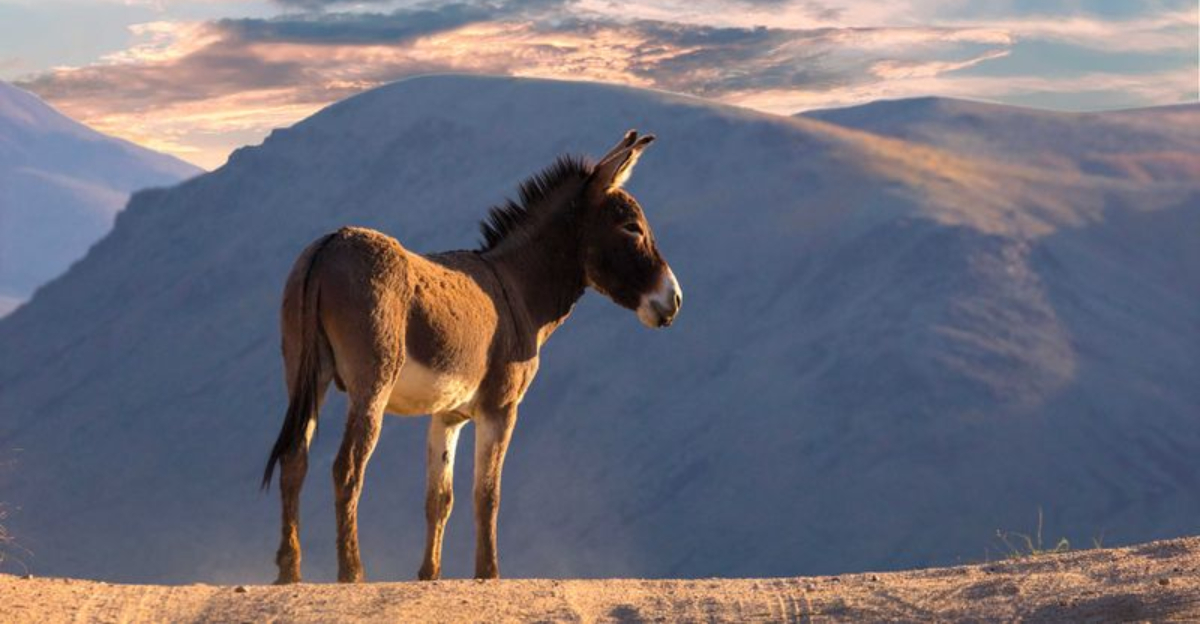
Wild donkeys, those long-eared relatives of horses, face serious challenges around the world. From habitat loss to being labeled as pests, these intelligent animals are struggling to maintain their place in nature.
However, there’s growing awareness about their ecological importance and the need to protect them for future generations.
1. Not Just Feral: A Complex Wild Identity
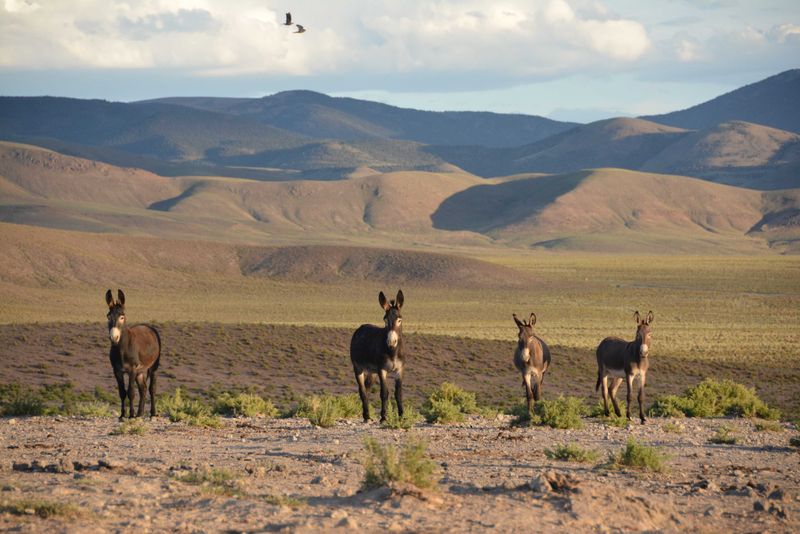
Across rugged landscapes, wild donkeys represent a fascinating survival story. Though many descended from escaped domesticated animals, they’ve evolved distinct behaviors and adaptations over generations.
These hardy creatures now thrive in environments where few mammals could survive. Their remarkable transition from farm animals to wild survivors showcases nature’s resilience and adaptability when given the chance.
2. A Global Presence In Harsh Habitats
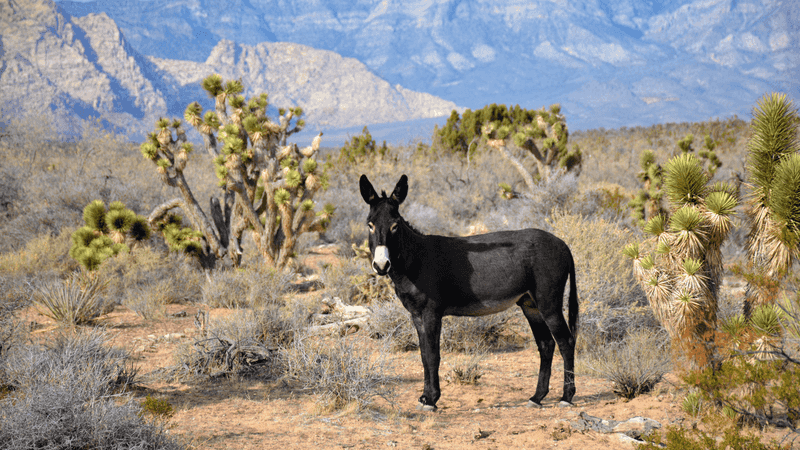
From scorching Death Valley to Australia’s unforgiving Outback, wild donkeys have established themselves as masters of survival. Their ability to find water and forage in seemingly barren landscapes has allowed them to colonize diverse regions worldwide.
Remarkably adaptable, these animals can go days without water and extract nutrition from plants other herbivores avoid. Their global distribution spans six continents, creating unique conservation challenges.
3. The Forgotten African Wild Donkey
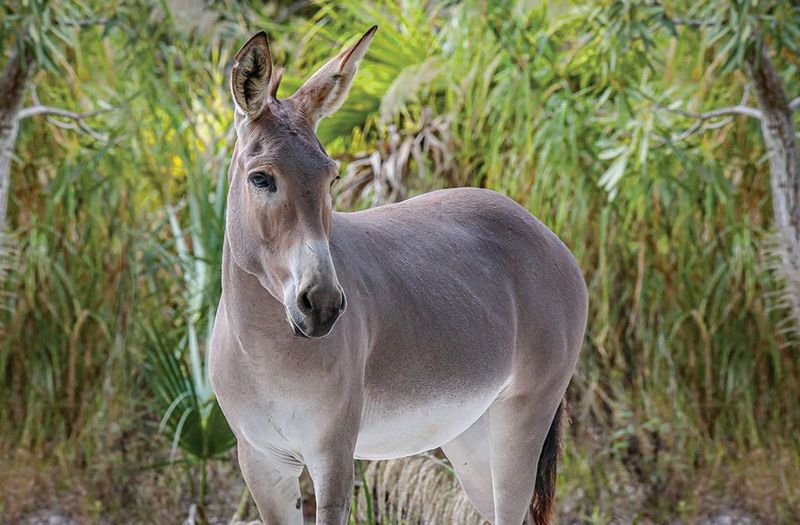
Hidden in the Horn of Africa lives the critically endangered ancestor of all donkeys—the African wild donkey. With fewer than 200 individuals remaining, these animals hover on the brink of extinction.
Poaching, habitat loss, and hybridization with domestic donkeys threaten their survival. Conservation efforts focus on protecting their limited range in Ethiopia, Eritrea, and Somalia, where political instability complicates rescue attempts.
4. Vital To Desert Ecosystems
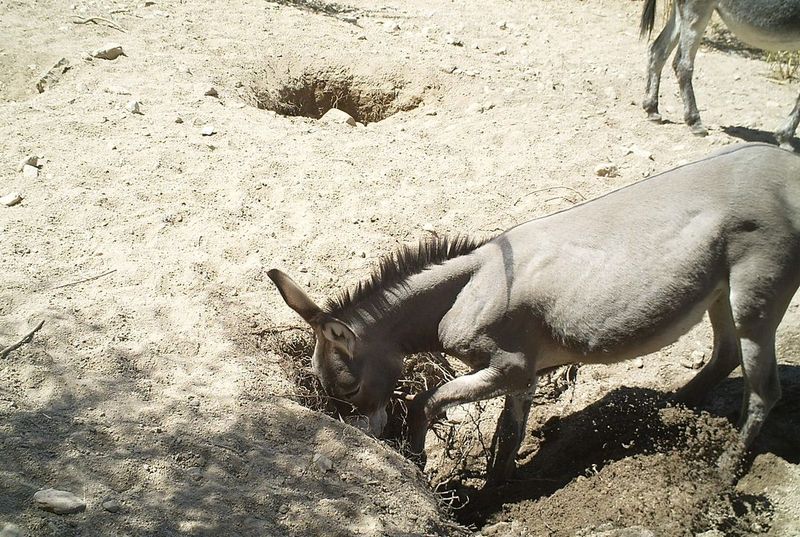
Wild donkeys serve as unexpected environmental heroes in arid regions. Using their strong hooves, they dig wells up to six feet deep, creating oases that benefit countless desert species.
Scientists have documented over 30 different animal species using these “donkey wells” for survival. Their digging also helps disperse seeds and creates microhabitats for plants. Far from being mere pests, these equids actively engineer healthier ecosystems.
5. Targeted As Invasive In Some Regions
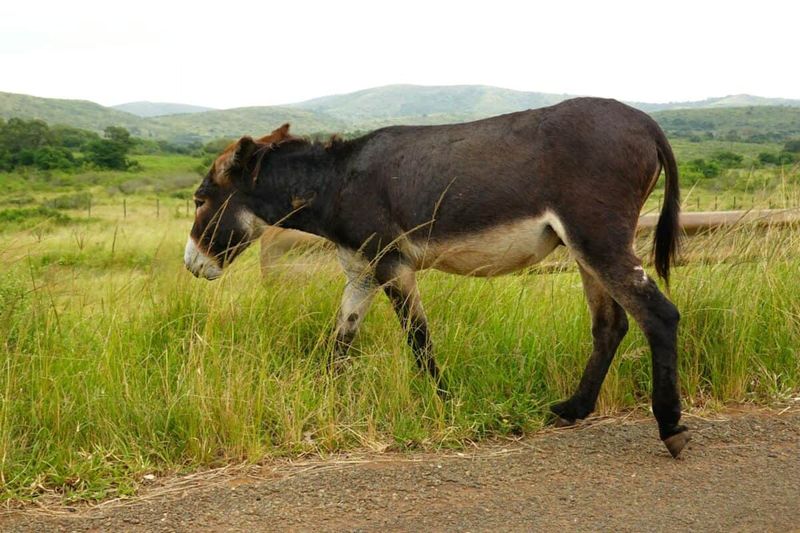
Government culling programs have eliminated thousands of wild donkeys annually in Australia. Helicopter shootings and poisoning campaigns target these animals under the justification of environmental protection.
Similar efforts occur across the American West, though less openly. Critics argue these management approaches fail to consider donkeys’ positive ecological contributions and reflect outdated views of ecosystem management.
6. Conflicts With Ranching And Farming
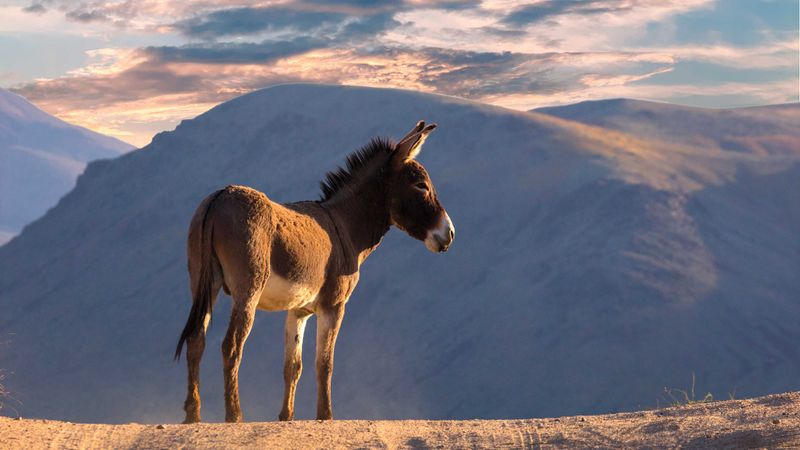
Ranchers often view wild donkeys as competitors threatening their livelihood. These animals can consume vegetation needed for cattle and occasionally damage farm infrastructure or water sources.
The resulting tension creates a challenging management scenario. Some progressive ranchers have developed coexistence strategies, including specialized fencing and water distribution systems that accommodate both livestock and wild equids while minimizing conflict.
7. Rounded Up And Removed
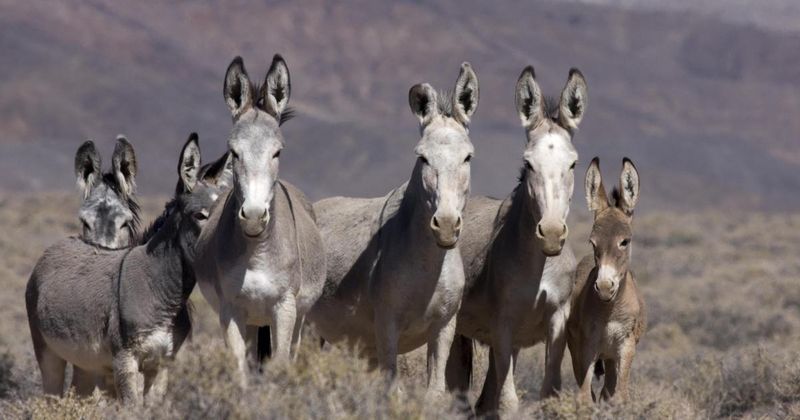
Each year, government agencies like the Bureau of Land Management capture hundreds of wild donkeys. Using helicopters and traps, these operations forcibly relocate animals from their established territories to holding facilities.
Many spend years awaiting adoption in crowded pens. While meant as a humane alternative to culling, critics highlight the psychological trauma and family bond disruption these roundups cause. Some animals never adjust to captivity after experiencing freedom.
8. Cultural And Historical Significance
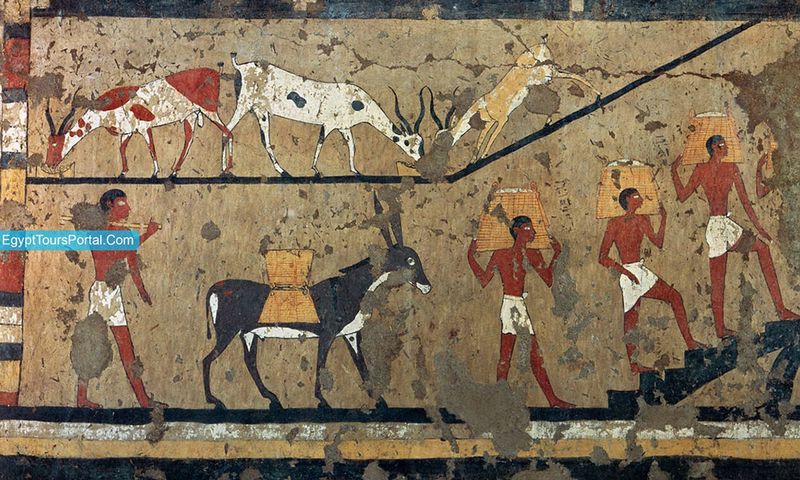
Donkeys helped build human civilization, carrying goods along ancient trade routes and supporting agricultural development for over 5,000 years. Their contribution to human prosperity rivals that of any domestic animal.
In many cultures, donkeys feature prominently in folklore, religious texts, and traditional ceremonies. This rich heritage stands in stark contrast to their current treatment. Preservationists argue we owe these animals respect based on our shared history.
9. Protection Efforts Gaining Momentum
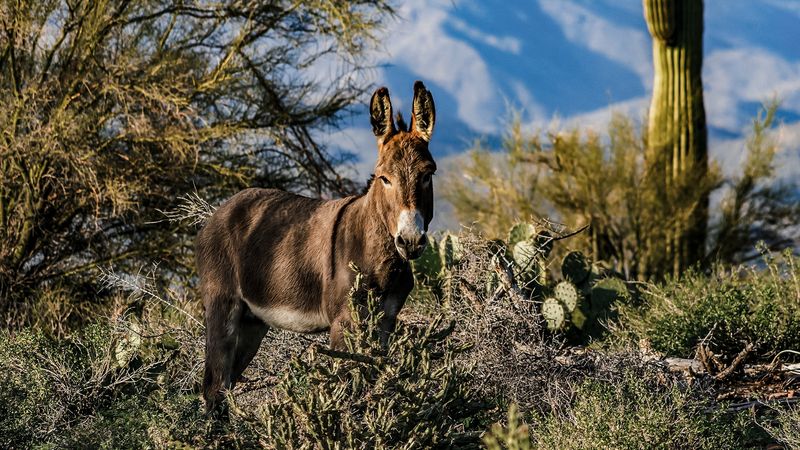
Innovative conservation approaches now challenge traditional management practices. Organizations like The Donkey Sanctuary and Wild Horse Education advocate for humane population control through contraceptive darting rather than removal.
Community education programs highlight donkeys’ ecological benefits. Research partnerships between universities and conservation groups gather crucial data on population dynamics and habitat needs. Public perception is gradually shifting as these efforts gain visibility.
10. Climate Change Adds To The Pressure
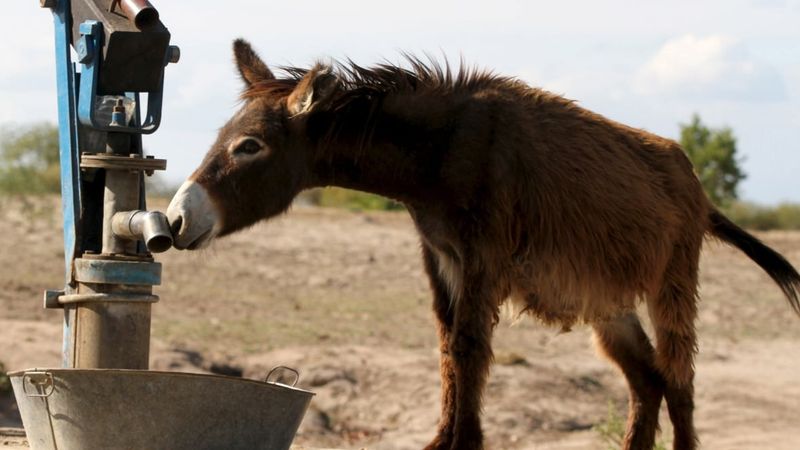
Rising temperatures and unpredictable rainfall patterns threaten the delicate balance wild donkeys maintain with their environments. Water sources they’ve relied on for generations are disappearing at alarming rates.
Researchers tracking donkey populations note changing migration patterns as animals search farther for resources. While highly adaptable, even these desert specialists have limits. Conservation plans now must factor in climate projections alongside traditional protection measures.
11. The Role Of Sanctuaries And Rescue Centers
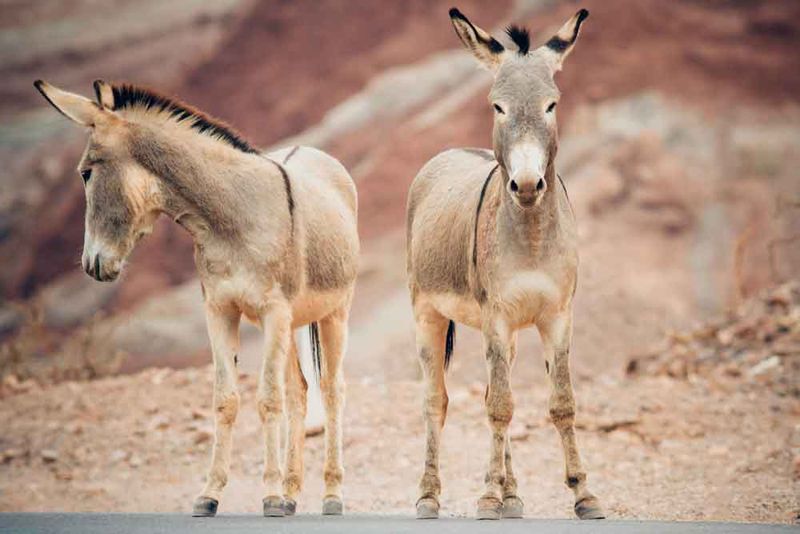
Dedicated sanctuaries provide safe haven for donkeys rescued from roundups or abuse. Places like Peaceful Valley Donkey Rescue in Texas care for hundreds of animals that would otherwise face uncertain fates.
Beyond physical care, these centers conduct valuable research and public education. Visitors often develop newfound appreciation for donkeys’ intelligence and personality after interacting with them. Many sanctuaries also participate in controlled breeding programs for endangered wild ass species.
12. A Balancing Act Between Control And Compassion
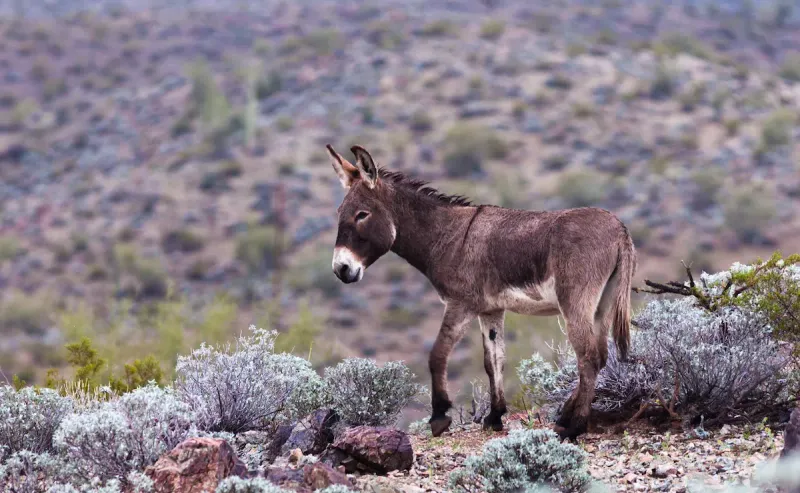
Finding middle ground between ecological management and animal welfare represents the central challenge in wild donkey conservation. Stakeholders from ranchers to animal rights activists bring different priorities to the table.
Successful programs increasingly involve collaborative decision-making. Science-based management plans that consider both ecosystem health and individual animal welfare show promise. The future of wild donkeys depends on our ability to balance competing interests with sound conservation principles.

